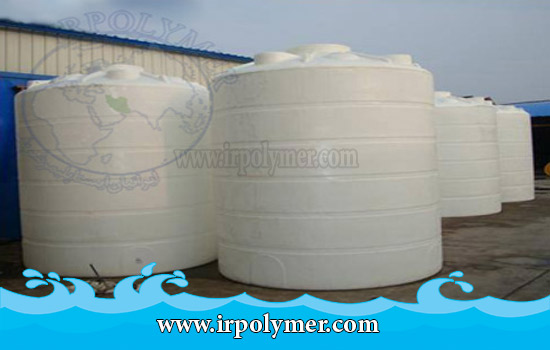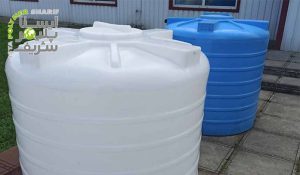Water resources in countries with low rainfall volumes are the most important means of storing drinking water. Building a water source can be influenced by factors such as the volume, quality of water needed, the type of tank use, the location of the source, and the budget allocated by the client for constructing the water source. The construction of polyethylene, concrete, metal, and composite water sources are among the options used for water storage. The construction of drinking water sources is carried out by the manufacturer based on the customer’s needs and the desired volume. Typically, polyethylene tanks with low volume dominate a large percentage of the market. Metal tanks (including hot-dip galvanized or cold galvanized tanks), prefabricated composite tanks, or polyethylene tanks can be constructed based on the customer’s required dimensions, usage type, and spatial constraints.
What volume should the water source be constructed?
The construction of drinking water sources or firefighting water sources used in buildings is widely considered today. The amount of water needed for each individual in residential units is 220 liters within 24 hours. For example, a building with a population of 10 people generally needs a water storage tank with an approximate volume of about 2200 liters. Given that issues related to water outages, maintenance, and infrastructure problems may occur at certain times, considering a 30% factor for the calculated volume can bring us closer to 3000 liters for the water tank. Therefore, when constructing a water tank, the use of the source should first be determined, and then the volume and dimensions of the water source should be specified based on the type of use and the number of residents in the building.






